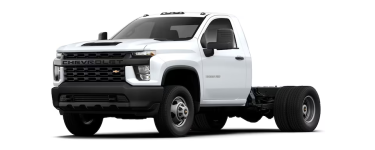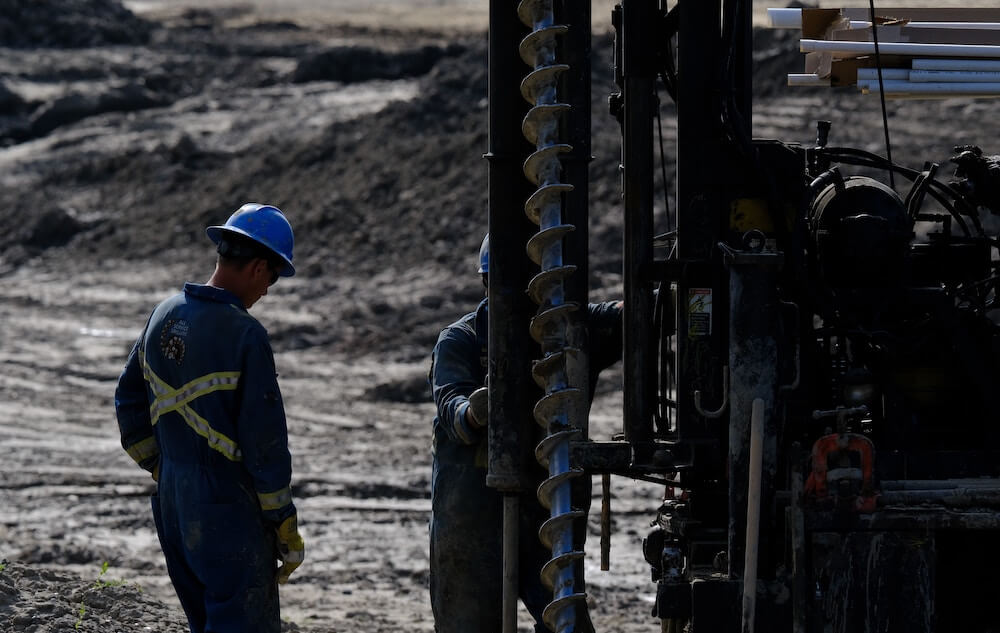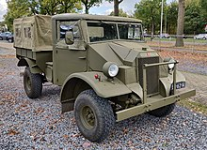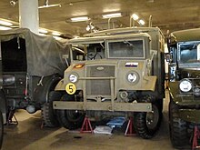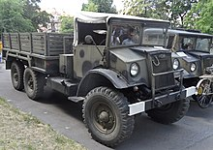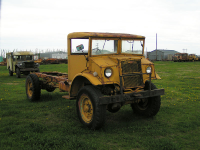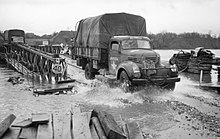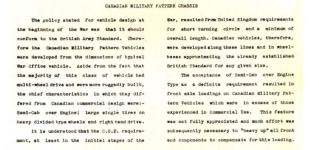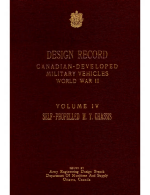- Reaction score
- 7,776
- Points
- 1,160
According to the one of the major Canadian media companies, a Crown Corporation - (The Canadian Commercial Corporation or CCC is a federal Crown corporation mandated to support the growth of international trade by helping Canadian exporters gain access to foreign government procurement markets.) is joining forces with the axis of evil to attempt to thwart the P8 buy and saddle the CAF with another orphan aircraft that will never be bought by another country.
CCC's mandate is to sell overseas, not in Canada.
Rock solid performance with CPF and Bell helicopter foreign sales to other governments.
Almost as solid as DGAEPM performance at buying radar systems
So its success stories can be documented on one sheet of Fax?
Back to the business of replacing the Aurora.
Swap.
This is the kind of Industrial Transfer Benefits I can support.

Embraer C-390 Millennium - Wikipedia
en.wikipedia.org
Brazil swaps C-390s for Swedish Gripens and for Indian howitzers and Medium Range SAMs.
After listening to Flynn's commentary about the advantages of paying the 10% commission on Foreign Military Sales perhaps we would be better off pursuing Government to Government contracts rather than Government to Business contracts. Apparently the FMS approach comes with more market support.
Government of Canada agrees to buy F35s with market support from US DoD.
Government of Canada agrees to sell GDLS LAVs, Rheinmetall AD, Rheinmetall PATH autonomy kits and UGVs, GDOTS 81mm, 84mm, 105mm and 155mm rounds, wings, engines, landing gear, fuses, shotguns ....
The regime is already in place.
Report on exports of military goods from Canada - 2022
www.international.gc.ca
From the National Defence Act
First order of business after the usual Admin.
DND as broker of goods and services
And that is how you finance the CAF.
PSPC buys Canadian Goods and Services, "sells" them to DND at zero dollars, DND "sells" or "donates" them to accredited foreign and international buyers and "buys" goods and services in return. And is allowed to charge a small service charge or commission. Based on the FMS standard 5 to 10% is probably appropriate.
What is the Extension for the DND Sales Department?
Further to my last....
The sales team / Military Attaches can work out of Canada's Commissions, Embassies and Consulates.
Where to start?......
First Bombardier.....As a part of receiving government help and financing over the years Bombardier was not to become a defence contractor. (No AVRO again) They could not develop Defence only products period. With the relative recent paring back of the corporation to just biz jets they are freed of that commitment. Also Bombardier's only short to medium growth areas are Gov, Defence and special mission areas. So there is the push. Now add the political aspect of current Government, Laurentian elite and Quebec Inc. pure hate of Boeing and here we are.
Other points, one example going back years Kory Teneycke (well he is the one that told me) wanted to "buy Canadian" with defence procurement, he even said even it cost 3 times as much. (this is the basis of National Shipbuilding Program) The thinking was that that it would help build a natural Conservative base in with a large Canadian MIC. The Harper government did start down this path but a recession, Afgan war and budget realities came first. Plus the realization that many of the workers were CAW (now UNIFOR) and their leaders are very much NDP/LIberals. Add to the fact that Liberals for years have work the opposite plan. Example Bombardier.
Plus there is a look that the current political parts of the gov want to push any real programs to the right.
Not talking about trying to flog abysmal defence projects. Talking about selling stuff that people want to buy....stuff that is already being manufactured in Canada and being sold for profit overseas.
I could add to my list above Oshawa built pickup trucks by GM.
We make good stuff. There are opportunitis to boost those sales.
Even if DND doesnt need or want the gear themselves they can make a profit selling Canadian goods overseas.
Current stuff is supported by CCC. But Canada itself is sometimes not a great supplier. IE Bell helos to PH, LAV to the house of Saud, etc.
Oh and GM in Canada. The pickup trucks built in Oshawa are just assembled its just an overflow plant. The current stamping plant on site just presses past model service parts. GM received billions to convert CAMI in Ingersoll and Oshawa to EV. Then moved the production to Mexico. The Equinox one of the better sellers and its home base was Ingersoll but they moved it to Ramos, 250,000 units to change the plant over to Brightdrop and 50,000 units but in reality zero units. Now GM (and everyone else) is putting the breaks on EV production. (wow would have ever guessed?) So the CAMI plant is siting doing almost nothing.
Oh and this in Brightdrop. The Brightdrop President just moved on too. Take this to battle!
View attachment 81443
So the Canadian government paid GM to lighten their footprint in Canada. A goal of GM (and others) for years! Good work Trudeau and Unifor.
Moving this discussion to its own thread.







